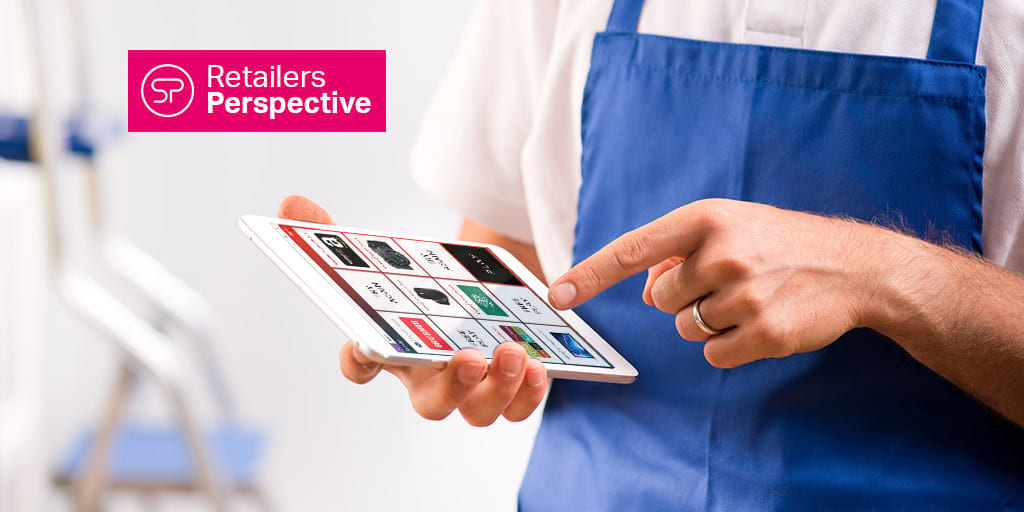Gamification has taken the business world by storm, allowing for creative managers and business owners to keep their employees engaged through at-work gameplay. Retailers have been using this trend as well, integrating gamification for training and engagement.
Gamification and Why It Works
Competition has a unique way of bringing out the very best in us. Competition brings out feelings of empowerment, pride, and fun. Retailers use gamification to tap into those powerful emotions.
What exactly is gamification? From Merriam-Webster: gamification is "the process of adding games or game-like elements to something (such as a task) to encourage participation." When integrated into a business model, gamification increases motivation by 48%.
Gamification is making significant strides. According to Statista, the valuation of the gamification industry projects to $12 billion by 2021, up from just over $4 billion in 2016.
Gamification for Retail
In terms of retail employee engagement, gamification can work in a myriad of ways, but the gist is simple: retailers use games, either digital or in-person, to create a feeling of competition amongst peers. When done correctly, the benefits are endless. Gamification is used to educate, motivate, and attract new prospective employees; additionally, it creates a fun and engaging workplace, which is good for retention.
If 90% of employees feel more productive when using gamification, why don't more retailers try it?
Download the Ultimate Guide to Training Retail Employees!
Adverse Effects of Gamification -- and How You Can Avoid It
Creating a fun, engaging activity through gaming sounds great, right? Not always. A gamification rollout needs to be crisp, easy to use, and have an ultimate goal in mind -- not just pitting workers against each other for points on a leaderboard.
Consider an unfortunate example Disney experienced. Disney attempted to implement a gamification strategy with its laundry workers. Managers could monitor laundry output and change colored lights to red or yellow if workers started to fall behind. The outcome? Workers labeled the system "the electronic whip."
It's important to remember that gamification shouldn't be used strictly for output and or production. While motivation and engagement are key factors, retailers need to remember the human element at play -- some people, for example, may feel higher levels of stress if they see themselves low on a leaderboard. A 2018 study of gamification, found that workers who "have a (risk) avoidant personality, are in a bad mood, or are in a social pressure situation and are attempting to earn points for completing tasks, will reduce, not enhance," outcomes.
To avoid this, try grouping workers into teams and keep the competition light. Assign a manager or leader to each team so that each employee can contribute. Or if the competition stays solo, don't rely solely on sales incentives -- create a system that rewards both sales and positive customer interactions.

Post-Lockdown Game Plan: Bringing Retail Employees Back to Work
Using Gamification to Engage Your Employees
Creating an environment that encourages friendly competition with an engaging gaming process boosts employee morale while contributing to the bottom line. Instead of rolling out an experience that's boring and bland, try centering the game around who your employees are and what will work best for them to become the most productive versions of themselves.
1. Design The Game Around Your Employees
Consider taking Ford's lead. Ford created a virtual dream garage whereby employees play and earn rewards to train and undertake certifications. Ford includes both individual and team leaderboards to help reduce "cut-throat competition" among aggressive employees. The endeavor is noted as having a positive and long-lasting effect on their workforce and has increased customer service experiences.
2. Have A Goal In Mind
Identify what you are trying to accomplish by implementing gamification. Creating something where employees drone through mindlessly will only undercut the goal; instead, create around a set goal.
Are you aiming for:
- Higher sales?
- More employee engagement?
- A better culture?
- Individual or team competition?
Designing games around the goal will help ensure success or failure. Managers should also solicit and listen to feedback from employees to help design the best gaming experience.
3. Make it Fun
A critical aspect of gamification is fun. If employees are not enjoying the games, you will not engage them, making the entire endeavor pointless. And there is so much to be gained. Retailers who roll out gamification well, retain highly engaged employees, see a 41% drop in absenteeism and a 17% increase in productivity. Those are substantial numbers, and if you can produce that level in a pandemic-induced economy, that will bode exceptionally well for your bottom line. Having gamified training that resonates with employees can have a significant impact, so aim for fun, watch for fun, and adjust as needed.
Gamified Mobile Micro-learning
We've been in the retail channel for a long time and developed a gamification tool we tested and proved with our customers. Our SellPro platform meshes gamification and micro-learning techniques with appealing incentives and messaging. SellPro inspires daily engagement and helps retailers achieve training targets with highly customizable content. We provide retail employee engagement through quizzes, contests, leaderboards, prizes, discounts, rebates, mall credits, and more.
SellPro also helps facilitate vendor support, which is particularly useful right now given the restrictions many brands face on their product trainers entering stores.
To learn more about SellPro's gamification platform, please see below.
Additional Resources:
3 Retailer Engagement Strategies to Improve Customer Experiences
Training Millennial & Gen Z Staff to be Retail Store Advocates
Ultimate Guide to Training Retail Employees


